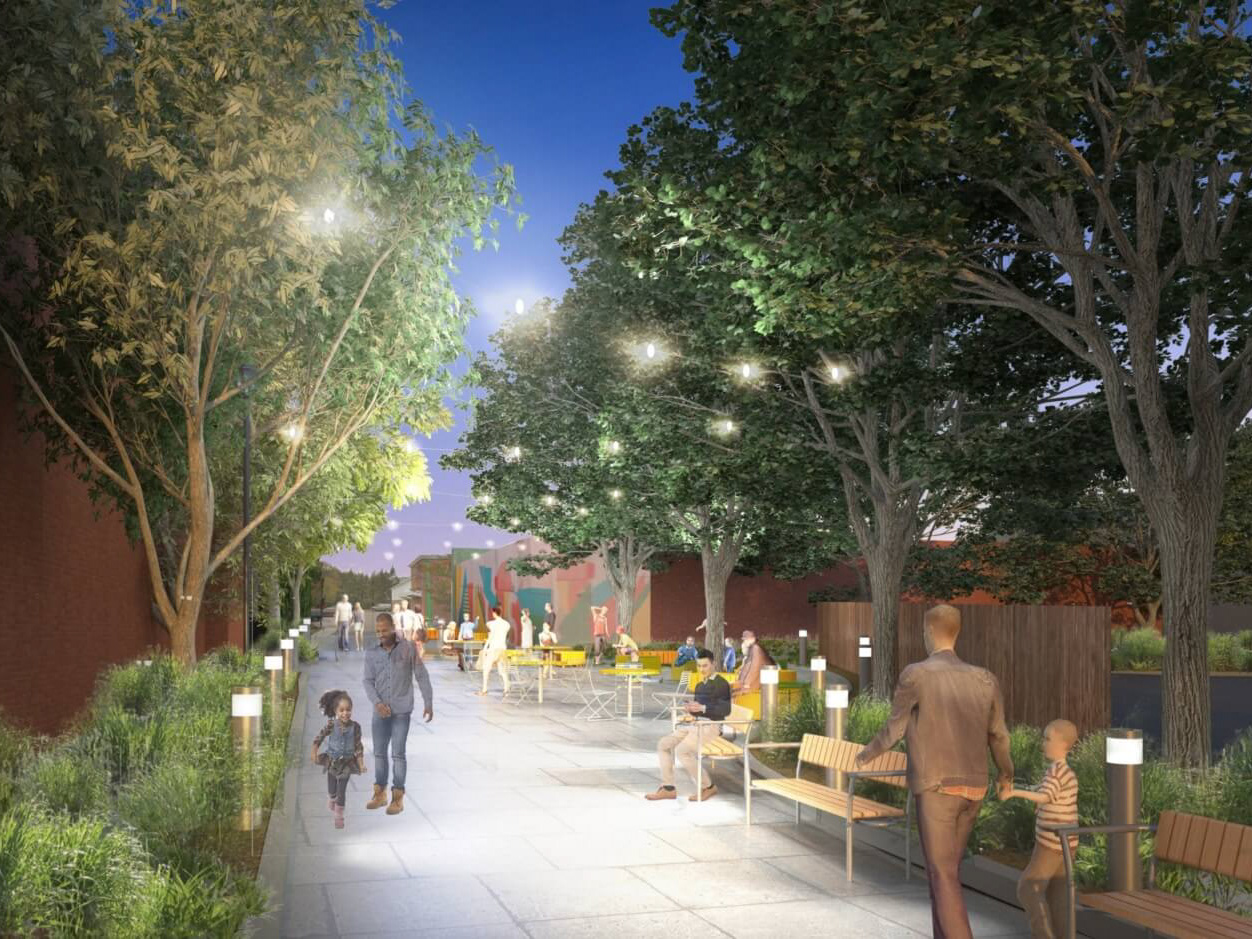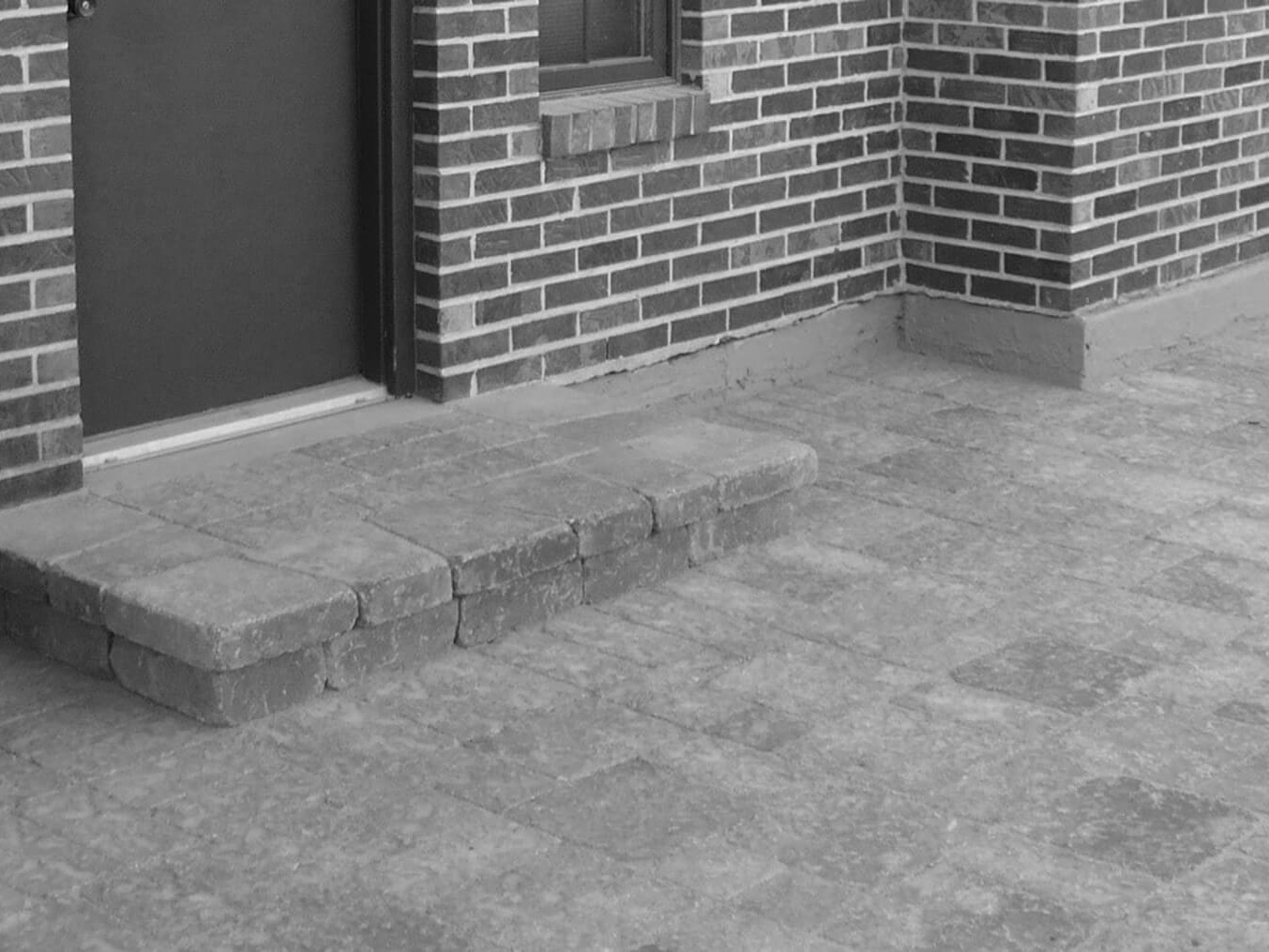A Place to Die
December 15, 2020
"Oh, so you want to design hospitals?" the woman asked.
"What? No, you can design healthy spaces that aren't hospitals," I exclaimed.
And yet, I did find myself briefly designing hospitals and clinics with a deep feeling of purpose. However, a quick Google search will show that what I found, was not uncommon. We design spaces without acknowledging the role of death. We argue that our designs will help people heal and thrive.
It makes sense.
As a society, we imagine hospitals as the place where we will mend, find comfort, or discover a cure. We go there with this immense hope that our worries and fears will be appeased, and that we will return to our homes in a better state. So as designers, we brainstorm and conceptualize spaces that will support staff, encourage researchers, and help patients overcome illness. We never talk about the alternative. The tragic end that comes when medicine fails and our bodies give out. We never talk about death—not in design or in life. This taboo subject is inevitable. We must all die, and yet, we refuse to speak of it. We refuse to accept that it's coming. We refuse to accept that it could happen at any moment. We refuse to ask how someone wants to die.
I get it. Designing spaces for people to die doesn't have quite the same allure. "Come to our new hospital, it's a great place to make your exit!" I doubt the donors would rush to offer financial support.
Death and grief are topics that we tiptoe around. Although we know it's inevitable, we never prepare ourselves enough for it. As someone who realized a decade later that grief was possible, I know first-hand how much this can hurt us. When we ignore death and fail to acknowledge the mortality rates, we don't prepare. We don't have those conversations that might give us closure. We don't process what it means to lose someone. For the person that goes, we rob them of their dignity and right to die on their terms.
I've spent the majority of my life in-and-out of hospitals. I was the daughter of the patient, the patient, the daughter of the other patient, and then the granddaughter. You could say that I am biased because I walk into every space and experience it through a critical lens, especially a hospital.
Why are there so many chairs? This door is ridiculously heavy. Why on earth would you make a corridor of iridescent panels for patients leaving chemotherapy? What's with the unnecessary step? Why can't I find the right elevator? Imagine dying here surrounded by these plain, sterile walls.
When my father was a patient at Dana Farber Cancer Institute, it was cold and monotone. We crossed a windy, concrete parking lot. We ate in the basement cafeteria with low ceilings and fluorescent lighting. We moved through a building that served its purpose. We never knew that there could be more, or that we could feel different. Then the Yawkey Center for Cancer Care was built, but my father was long gone. He never experienced the meditation garden, the city views, or the brightly lit lobby. He also never stood in a massive line for an elevator, waited in a crowd of patients for a blood draw, or experienced confusion about where to sit in the waiting area. Our environment and our diets are hurting us more than ever, which means that waiting areas will need to serve higher capacities. But I have to ask: are rows of tandem seating all that we have to offer? Can we build for capacity without making someone feel like they're at the line for the butcher?
Could we create more satellite clinics to disperse people? Could we better customize each site to its community and its demographics? Could we create spaces that are more informal and welcoming? Perhaps, we could save costs on a lobby so patient rooms can receive warmer finishes and more comfortable furniture.
There isn't one solution for designing the ideal hospital, or home, or clinic, but there is one immediate way forward: talk about death. Talk about death with your design staff, with your loved ones, and with your medical team. On a good day, we all hope that patients will walk out and go home. But on most days, especially this year, we know that many are entering our hospitals for the last time. Instead of ignoring the fact that people die, we need to place more emphasis on designing spaces where people can die with dignity. Where patients can die with a view of trees and blue skies. Where patients can hold their children for the last time in a soothing, rocking chair. Where patients can sit comfortably while they wait for the results of their biopsy. Where patients can see images of their families across the bed. Where they can feel safe and unafraid of what will come next. Perhaps if we actually acknowledged death, more of us would accept our own grief, prepare better, and give each other the deaths that we deserve.
I recently left my grandmother in a sterile and narrow hallway, but I was lucky because she made it home. 2020 has meant that more people have died in similar, sterile hallways. This year more people have died alone. More people have died in pain. More people have died staring at a wall or watching a clock tick. People will keep dying long after this pandemic ends. The only difference is that families will be allowed back to watch it all unfold. Instead of a promise to heal, shouldn't we give people the comfort that whatever happens, they (both patient and family) will feel unconfused, unafraid, and better prepared?



